The popularity of health and wellness apps has been on the rise over the past few years, and that trend has only increased since the onset of the pandemic.
The United States, in particular, has seen constant growth, totaling 30%, in hours spent on health apps since the start of 2020.
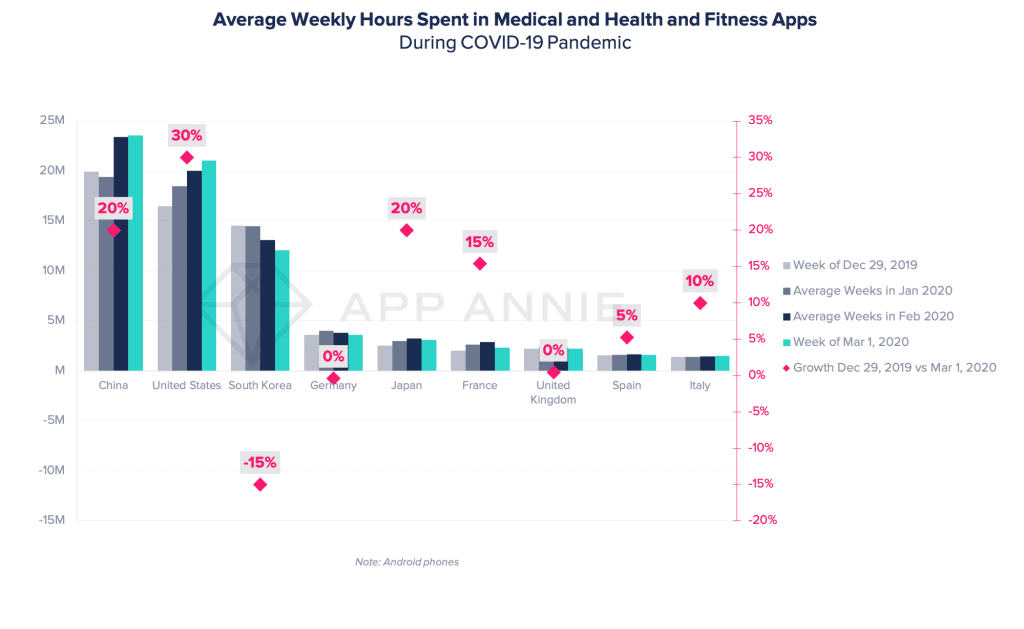
With social distancing, lockdowns, and the threat of COVID-19, mobile health apps are being relied on more heavily. Since access to healthcare offices has been limited in some areas, being able to have autonomy over one’s health has been crucial.
Today we want to zone in on a subcategory of health apps—mental health apps. The best mental health apps provide excellent support to their users and are innovating in ways we’ve never seen before in mobile app development. Because of this, they offer up valuable insights for others looking to develop a new app solution, but also for businesses across a variety of industries.
So without further ado, here are some key takeaways and lessons that we’ve been able to uncover from some of the best mental health apps on the market today:
The Customer Always Comes First
The goal of most health apps—or any app for that matter— is to retain users.
Downloads are great, but having users return to the app on a daily basis is how real success is measured.
One way we’re seeing top mental health apps increase retention and reduce churn is through personalization and customization. We’re also seeing a focus on creating a space where users feel comfortable.
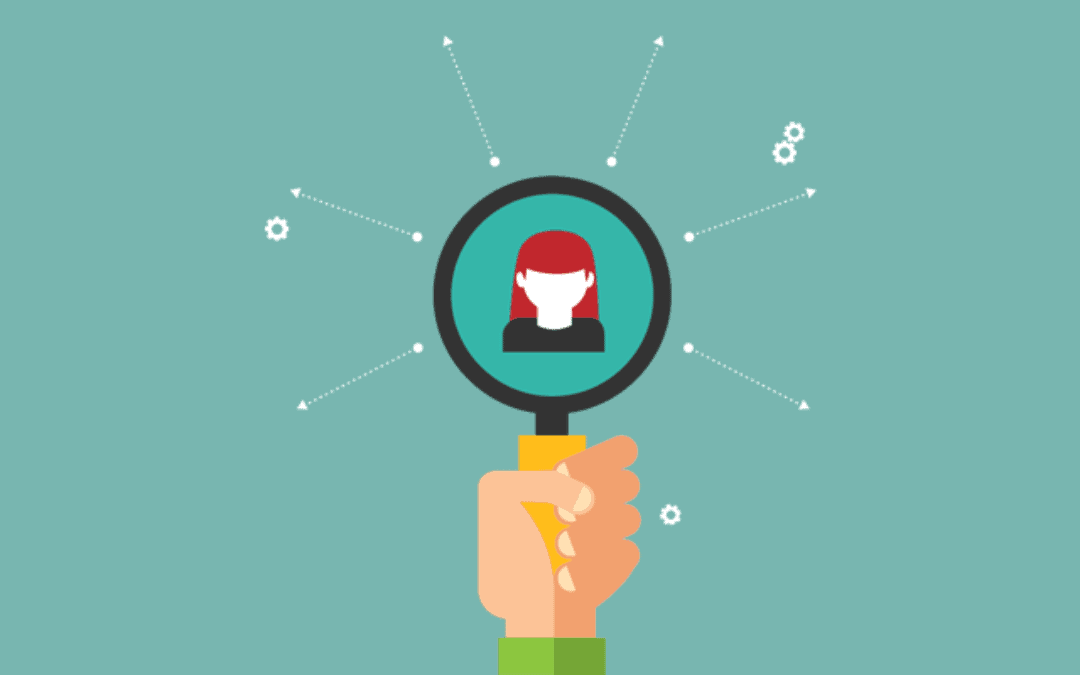
Shine stands out as an app that puts the customer first, leveraging personalization to create a space that is tailored to each specific user.
Catering to BIPOC mental health, Shine addresses each user by their chosen name, features relevant and relatable support communities, and provides over 800+ community-created meditation courses, content recommendations, and customized playlists. Recommendations are tailored to the user, providing educational content on issues and topics they will find the most valuable.
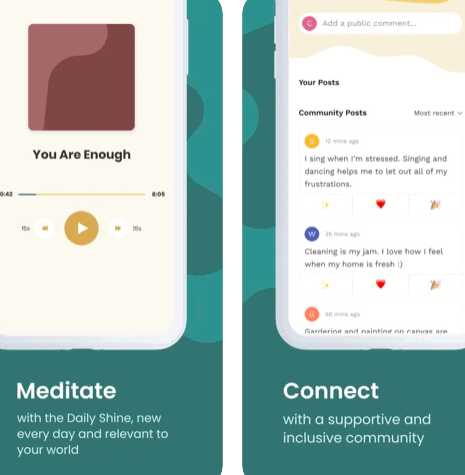
Personalizing products and services helps to ensure you are meeting the needs of each specific user, making them feel special and like they’re not just another customer ID code. It also boosts long-term loyalty.
When sharing content, businesses should address customers by name and continuously seek out customer feedback for ways to improve. You might uncover that your customer base is using your product in ways in which it was not originally intended, which is valuable intel for future iterations of any product.
Always Think Outside The Box
Your product may be serving a purpose you hadn’t originally planned it to. But this can be an advantage.
You’re not limited to what your business is known for. Don’t be afraid to take risks in experimenting with different markets and different approaches to your marketing strategy.
Calm sponsored CNN’s live coverage of the United State’s 2020 presidential election. Every time they presented a key race alert, CNN displayed the Calm ad alongside it.
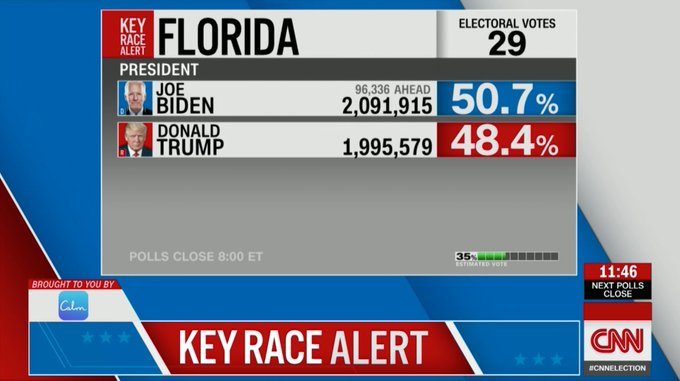
Although some Twitter users thought this was a funny pairing, it worked to the app’s advantage in a big way. On Apple’s U.S. app store, Calm moved up 20 ranks during the first day of coverage and reached the number one spot within the health and fitness category.
Calm realized the stress this election would cause many Americans and how they could use meditation and relaxing sound mixes to help keep everyone at ease. It truly was a natural fit, albeit a comical one.
Out-of-the-box sponsorships are not the only approach Calm uses to stay relevant. They also excel at content creation and generating engagement with their audience.
Calm uses tools like an active blog, motivational social media feeds, and a mindfulness calendar to encourage positive habits and help their followers stay on track with their mindfulness journey.
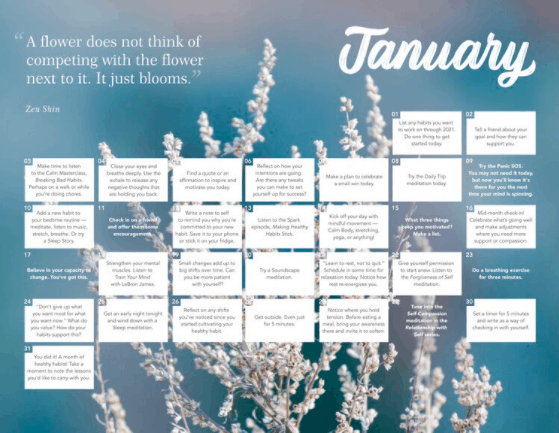
Take note from this mental health app and think beyond the confines of where you believe your business sits. Think of channels where your product or service can appear even when it’s not the obvious choice. Think of content that you can create to support it.
First Impressions Are Everything
The best mental health apps are clear, intuitive, and directive for their users.
No one likes to be bombarded by pop-ups when entering a website or to struggle to understand instructions because they don’t know where to begin.
Don’t overcomplicate features; doing so will scare people away from your product or service before they get a chance to benefit from it. Keep your design lean, ensure you have clear instructions, and focus on the user first and foremost.
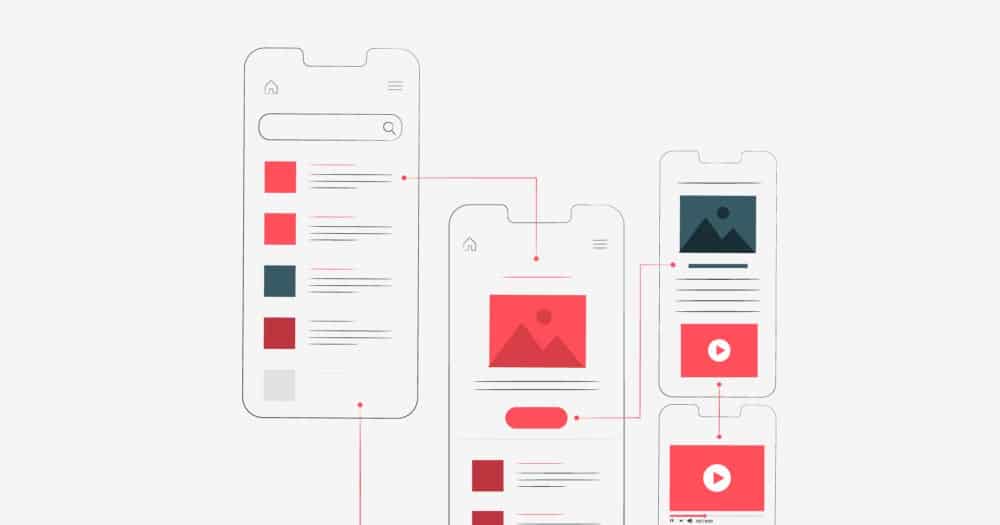
PsychScope led with the principle of keeping the end-user in mind when designing their app. When building their app, which helps users learn about and deal with depression, their goal was to develop a product that was appealing and engaging so that their users would adopt it as part of their daily routines.
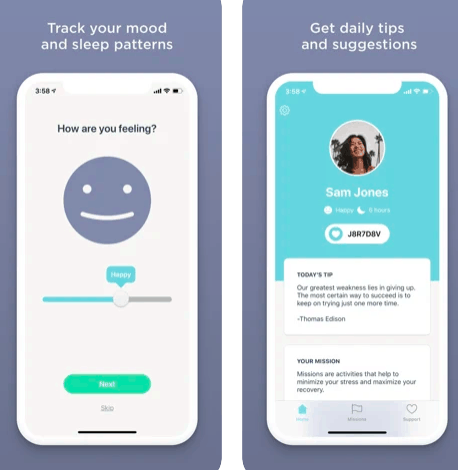
Take this lesson from the app world: a strong MVP is most important as you can always optimize and innovate later on.
Goal Setting Is The Key To Success
Goals can be the best way to stay focused on a task and create the steps it takes to reach a milestone or an overarching goal. They need to be SMART in order to be as successful as possible, outlining achievable results. One of the best parts of setting goals is achieving a goal, as it allows you time to celebrate success and feel accomplished before moving on to the next one.
Similarly, goals or checkpoints give app users something to work toward and look forward to, ultimately motivating them to keep going. This not only offers encouragement to the user but having them revisit the app to update their goal progress also holds them accountable.
Moodfit is one of the best mental health apps that incorporates this philosophy into its design. The app allows users to create and track daily goals, run experiments, and keep track of their moods, all with correlating activities in a mobile journal. This makes the experience personal and puts the power in the hands of the user.
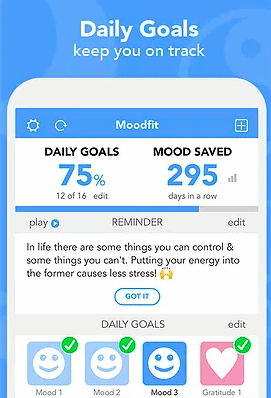
Goals are vital to staying on track and staying committed to your overall mission. Just like Moodfit, businesses should be setting daily, weekly and monthly goals and encouraging their employees to do the same as you all work to hit overarching milestones.
Effective Doesn’t Mean “Boring”
Business can occasionally feel serious and stuffy. Mental health is also a serious topic, but this doesn’t mean addressing it needs to feel like a chore.
Gamification is a fun way to boost the morale of a user engaging with a mental health app. Rewards and achievements make you feel like you’re winning something and keep you coming back for more.
https://youtube.com/watch?v=pBde1s8Y8II
Incentives are essential to these apps. MoodMission incentivizes users by offering missions for them to complete. The user begins their journey by filling out surveys to ensure the missions are tailored to their needs, and MoodMission has options that appeal to all age groups.
Gamifying your business experience will encourage users to return day after day in an attempt to “level up,” and they will enjoy the experience while doing so. Internally, you can even apply gamified strategies to training and daily tasks to make work processes more appealing.
It’s Important To Know Your Worth
Most apps in Apple’s App Store and the Google Play store are free, which is great for attracting many users quickly.
Free apps may not be the best for ROI—it depends on your business model. For some, free apps are simply a tool for brand expansion. This approach may not be the right choice for you but with the rise in subscription services like Netflix, Spotify, and Amazon Prime there are plenty of pricing options out there and subscription-based apps are thriving.
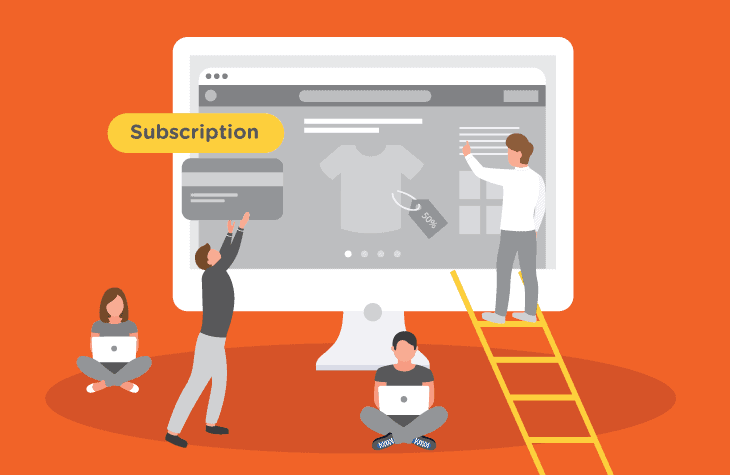
In the mental health app world, Talkspace is one of the best models of a successful subscription payment strategy.
The app’s primary value? It offers access to a real therapist 24/7, which is a highly appealing and rare app feature. It prices this service at a cost between $260-$400 a month, depending on the user’s preference. Plus, Talkspace has gained a few celebrity endorsements, which doesn’t hurt their cause.
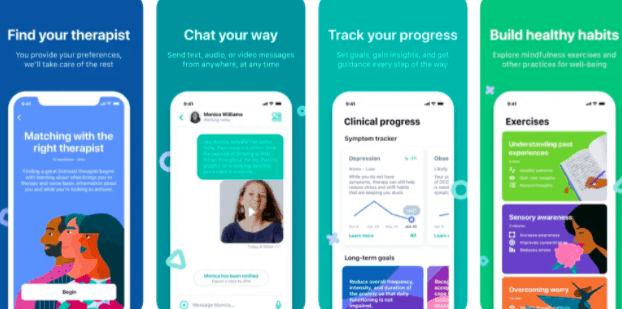
Just like the free model, a subscription-based pricing strategy might not work for every business, but there are plenty of other pricing strategies to explore. Take the time prior to launch to review your goals and figure out what works best for you
Conclusion
Mental health apps can be fun, healing, and educational—not just for their users, but for your business as well.
These apps have found the keys to success by drawing in, engaging, and retaining users. The tactics used by these apps should be taken away as lessons and applied to your business for growth and improvement.
Has this post inspired you to build an app of your own? We’d love to hear from you and help you start building the app of your dreams.



